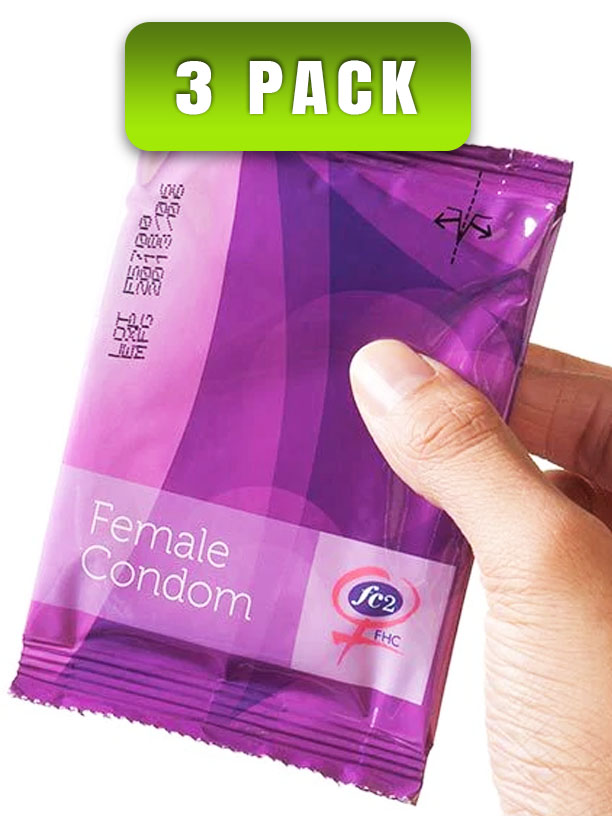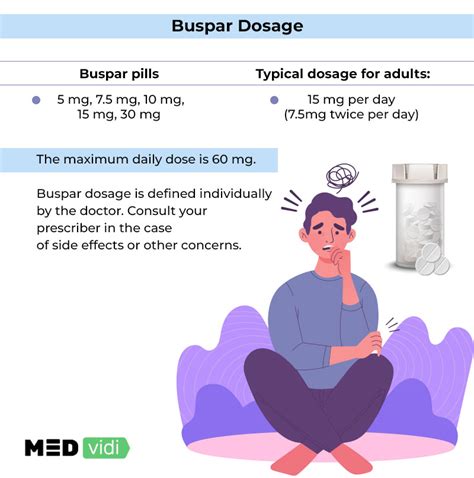The concept of female condoms, also known as internal condoms or femidoms, has been around for several decades. These devices are designed to provide women with a form of birth control that they can control and use for protection against unintended pregnancy and sexually transmitted infections (STIs). Despite their availability, female condoms have not gained widespread popularity, and their usage remains relatively low compared to male condoms. However, they offer a unique set of benefits and advantages that make them an important option for women seeking reproductive autonomy and protection.
One of the primary advantages of female condoms is that they allow women to take charge of their reproductive health and protection. Unlike male condoms, which require the cooperation and consent of the male partner, female condoms can be inserted by the woman herself, providing her with control over her body and sexual health. This can be particularly empowering for women in relationships where their male partner may be unwilling to use condoms or may not prioritize their reproductive health.
Female condoms are also a viable option for women who experience difficulties with other forms of birth control, such as hormonal methods or intrauterine devices (IUDs). Some women may be sensitive to hormones or may have medical conditions that make it difficult to use certain types of birth control. In these cases, female condoms can provide a safe and effective alternative. Additionally, female condoms are a good option for women who are looking for a non-hormonal method of birth control that does not require a medical procedure or a prescription.
In terms of effectiveness, female condoms have been shown to be a reliable form of birth control when used correctly. According to the Centers for Disease Control and Prevention (CDC), female condoms are 79-95% effective in preventing pregnancy, which is comparable to the effectiveness of male condoms. Female condoms are also effective in preventing the transmission of STIs, including HIV, gonorrhea, and chlamydia.
Despite their benefits, female condoms have some drawbacks. One of the main disadvantages is that they can be more expensive than male condoms, which can make them less accessible to women who cannot afford them. Female condoms are also less widely available than male condoms, which can make it difficult for women to find them in stores or pharmacies. Additionally, some women may find female condoms to be less comfortable or more difficult to use than male condoms, which can reduce their effectiveness.
To address these challenges, there are several initiatives underway to increase access to female condoms and improve their design and usability. For example, some organizations are working to reduce the cost of female condoms and make them more widely available in developing countries. Others are developing new materials and designs for female condoms that are more comfortable and easier to use.
In addition to these efforts, there is a growing recognition of the importance of promoting female condoms as a vital component of comprehensive reproductive health services. This includes educating women and healthcare providers about the benefits and advantages of female condoms, as well as addressing the social and cultural barriers that may prevent women from using them. By promoting female condoms and increasing access to them, we can empower women to take control of their reproductive health and protect themselves against unintended pregnancy and STIs.
Female condoms are not just a backup option for women who cannot access other forms of birth control. They are a viable and effective method of birth control that can provide women with control and autonomy over their reproductive health. By promoting female condoms and addressing the challenges associated with their use, we can help to reduce unintended pregnancy and STIs, and promote reproductive health and well-being for women around the world.
How Female Condoms Work
Female condoms are designed to be inserted into the vagina before sex, where they provide a barrier that prevents sperm from reaching the egg. They are made of a thin, flexible material that is designed to be comfortable and easy to use. Female condoms come in different sizes and styles, and some are designed to be used with or without a ring that helps to hold the condom in place.
To use a female condom, a woman simply inserts it into her vagina, making sure that the open end is facing outward. The condom is then held in place by a ring that fits over the cervix, or by the natural muscles of the vagina. When a man ejaculates, the semen is caught in the condom, preventing it from reaching the egg and reducing the risk of pregnancy and STIs.
Benefits of Female Condoms
Female condoms offer a range of benefits and advantages that make them an important option for women seeking reproductive autonomy and protection. Some of the key benefits of female condoms include:
- Control and autonomy: Female condoms allow women to take charge of their reproductive health and protection, providing them with control and autonomy over their bodies.
- Effectiveness: Female condoms are a reliable form of birth control when used correctly, with an effectiveness rate of 79-95%.
- Protection against STIs: Female condoms provide protection against STIs, including HIV, gonorrhea, and chlamydia.
- Non-hormonal: Female condoms are a non-hormonal method of birth control, making them a good option for women who are sensitive to hormones or who have medical conditions that make it difficult to use hormonal methods.
- No prescription required: Female condoms do not require a prescription, making them easily accessible to women who need them.
Challenges and Limitations
Despite their benefits, female condoms also have some challenges and limitations. Some of the key challenges and limitations include:
- Cost: Female condoms can be more expensive than male condoms, which can make them less accessible to women who cannot afford them.
- Availability: Female condoms are less widely available than male condoms, which can make it difficult for women to find them in stores or pharmacies.
- Comfort and usability: Some women may find female condoms to be less comfortable or more difficult to use than male condoms, which can reduce their effectiveness.
- Social and cultural barriers: There may be social and cultural barriers that prevent women from using female condoms, such as lack of awareness or stigma surrounding their use.
Conclusion
Female condoms are a vital component of comprehensive reproductive health services, providing women with control and autonomy over their reproductive health and protection. Despite their benefits, female condoms also have some challenges and limitations, including cost, availability, comfort, and usability. By promoting female condoms and addressing these challenges, we can help to reduce unintended pregnancy and STIs, and promote reproductive health and well-being for women around the world.
What are female condoms, and how do they work?
+Female condoms are a type of birth control that is inserted into the vagina before sex. They provide a barrier that prevents sperm from reaching the egg, reducing the risk of pregnancy and STIs.
What are the benefits of using female condoms?
+The benefits of using female condoms include control and autonomy over reproductive health, effectiveness in preventing pregnancy and STIs, and the fact that they are a non-hormonal method of birth control.
Where can I find female condoms, and how much do they cost?
+Female condoms can be found in some stores and pharmacies, although they may be less widely available than male condoms. The cost of female condoms can vary depending on the brand and location, but they are generally more expensive than male condoms.
Are female condoms comfortable and easy to use?
+Some women may find female condoms to be less comfortable or more difficult to use than male condoms. However, many women find them to be comfortable and easy to use, and they can provide a sense of control and autonomy over reproductive health.
Can female condoms be used for anal sex?
+No, female condoms are not designed for anal sex and should not be used for this purpose. Using a female condom for anal sex can increase the risk of STIs and other health problems.
How effective are female condoms in preventing pregnancy and STIs?
+Female condoms are 79-95% effective in preventing pregnancy, and they also provide protection against STIs, including HIV, gonorrhea, and chlamydia.
Final Thoughts
Female condoms are an important option for women seeking reproductive autonomy and protection. Despite their benefits, they also have some challenges and limitations, including cost, availability, comfort, and usability. By promoting female condoms and addressing these challenges, we can help to reduce unintended pregnancy and STIs, and promote reproductive health and well-being for women around the world. As we move forward, it is essential that we prioritize the development and distribution of female condoms, and work to address the social and cultural barriers that prevent women from accessing and using them. Only through this effort can we ensure that women have the control and autonomy they deserve over their reproductive health, and that they are empowered to make informed choices about their bodies and their lives.


